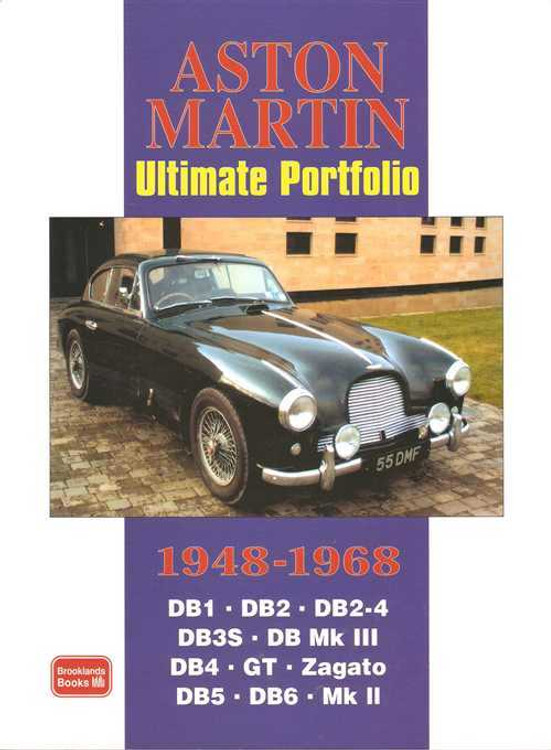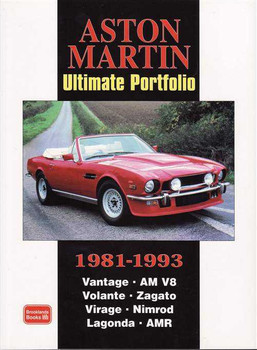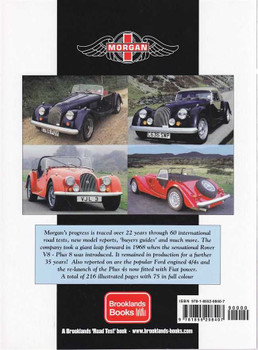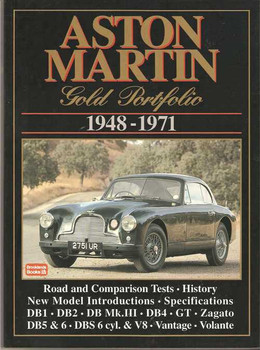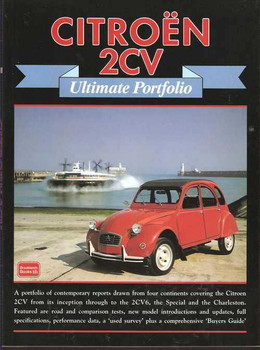Description
By: Brooklands Books .
The Company survived the Second-world-war, but only just. Gordon Sutherland, though he had an exciting prototype in Atom, realised that he did not have the funds to take the necessary steps to get it into production. David Brown, an industrialist from Yorkshire, was the next enthusiast to take the name forward, along with Lagonda, which he had also purchased, and produced some of the most sought after sporting machines. Even he could not resist putting his reputation on the line by striving for outright success in sports car and grand prix racing. He did achieve his ambition with the DBR1 in 1959 by winning the Le Mans 24 Hour race along with the World Championship for Sports Cars. With this success under his belt, he decide to retire from racing to concentrate on the next designs.
owever, pressure from a French dealer brought him back into racing with the Project cars, but while very effective, the will was not present so permanent retirement came in 1963. Meanwhile, the DB2 and its offspring, the DB2-4 series, which were the first sporting hatchbacks, satisfied the enthusiast and were followed by the DB4 with its sleek coachwork designed in Italy and its more sporting brother, the DB4GT and its sexy sibling, the DB4GT with coachwork by Zagato. The super car era had now arrived and the DB5, made famous by Agent 007, James Bond, was followed by the DB6, now rather more a grand tourer than sports car. As has been the story so far, life at Aston Martin Lagonda Ltd was far from easy and the following David Brown story in which an opportunist friend sidled up to him asking to be sold a car at cost, to which David reacted with enthusiasm suggesting that it would be the first car he had sold without personal subsidy.
The story may be apocryphal but serves to illustrate the Company difficulties that seemed to bedevil them. Included are road tests, new model reports & performance data.
Models covered: DB1, DB2, DB2-4, DB3S, DB Mk III, DB4 - GT Zagato, DB5, DB6 & Mk. II.
